Chapter Review Key Terms All in One Co Mputer
Unit of measurement seven. Evolution of computers
Topic A: Computer generations
Basic Terms
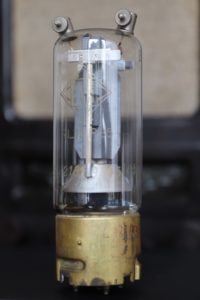
– an electronic device that controls the menses of electrons in a vacuum. Information technology used as a switch, amplifier, or brandish screen in many older model radios, televisions, computers, etc.
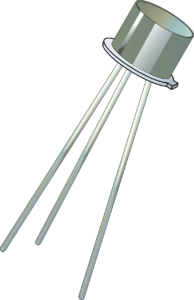
– an electronic component that tin can exist used as an amplifier or as a switch. It is used to control the flow of electricity in radios, televisions, computers, etc.
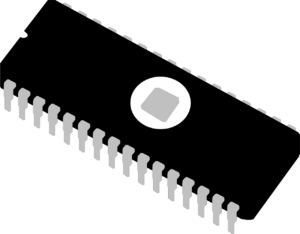
– a small electronic circuit printed on a chip (usually fabricated of silicon) that contains many its own circuit elements (due east.chiliad. transistors, diodes, resistors, etc.).
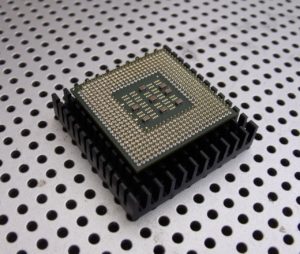
– an electronic component held on an integrated circuit that contains a computer's primal processing unit (CPU) and other associated circuits.
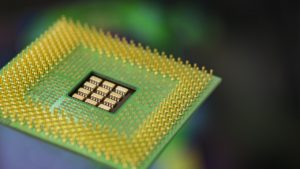
– It is ofttimes referred to equally the encephalon or engine of a estimator where nigh of the processing and operations take place (CPU is part of a microprocessor).
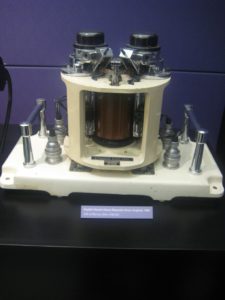
– a cylinder coated with magnetic material, on which data and programs can be stored.
– uses arrays of small rings of magnetized material called cores to shop data.
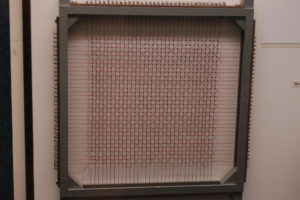
– a low-level programming linguistic communication comprised of a collection of binary digits (ones and zeros) that the computer can read and understand.
Associates linguistic communication is like the machine language that a figurer can understand, except that assembly language uses abbreviated words (east.g. Add, SUB, DIV…) in identify of numbers (0s and 1s).
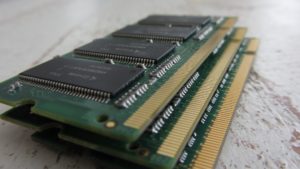 – a physical device that is used to store information, information and program in a estimator.
– a physical device that is used to store information, information and program in a estimator.
– an area of information science that deals with the simulation and cosmos of intelligent machines or intelligent behave in computers (they think, learn, piece of work, and react like humans).
Get-go Generation of Computers
Nomenclature of generations of computers
The evolution of calculator technology is oft divided into five generations.
| Generations of computers | Generations timeline | Evolving hardware |
|---|---|---|
| Outset generation | 1940s-1950s | Vacuum tube based |
| Second generation | 1950s-1960s | Transistor based |
| Third generation | 1960s-1970s | Integrated circuit based |
| Fourth generation | 1970s-present | Microprocessor based |
| Fifth generation | The present and the future | Artificial intelligence based |
The main characteristics of first generation of computers (1940s-1950s)
Second Generation of Computers
The main characteristics of 2d generation of computers (1950s-1960s)
-

Main electronic component – transistor
- Memory – magnetic core and magnetic record / disk
-
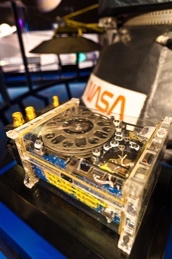 Programming language – associates language
Programming language – associates language - Power and size – low power consumption, generated less heat, and smaller in size (in comparing with the first generation computers).
- Speed – improvement of speed and reliability (in comparing with the first generation computers).
- Input/output devices – punched cards and magnetic tape.
- Examples – IBM 1401, IBM 7090 and 7094, UNIVAC 1107, etc.
Third Generation of Computers
The master characteristics of tertiary generation of computers (1960s-1970s)
-
 Chief electronic component – integrated circuits (ICs)
Chief electronic component – integrated circuits (ICs) - Retentivity – large magnetic cadre, magnetic record / disk
- Programming linguistic communication – loftier level language (FORTRAN, Bones, Pascal, COBOL, C, etc.)
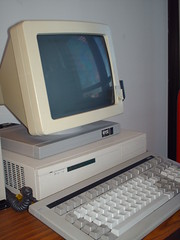
- Size – smaller, cheaper, and more efficient than second generation computers (they were called minicomputers).
- Speed – improvement of speed and reliability (in comparison with the second generation computers).
- Input / output devices – magnetic record, keyboard, monitor, printer, etc.
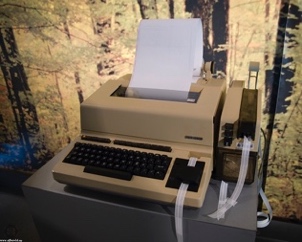
- Examples – IBM 360, IBM 370, PDP-11, UNIVAC 1108, etc.
Fourth Generation of Computers
The principal characteristics of 4th generation of computers (1970s-present)
-
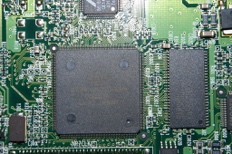 Chief electronic component – very large-scale integration (VLSI) and microprocessor.
Chief electronic component – very large-scale integration (VLSI) and microprocessor. - VLSI– thousands of transistors on a single microchip.
- Memory – semiconductor memory (such as RAM, ROM, etc.)
- RAM (random-access memory) – a blazon of data storage (memory element) used in computers that temporary stores of programs and data (volatile: its contents are lost when the figurer is turned off).
-
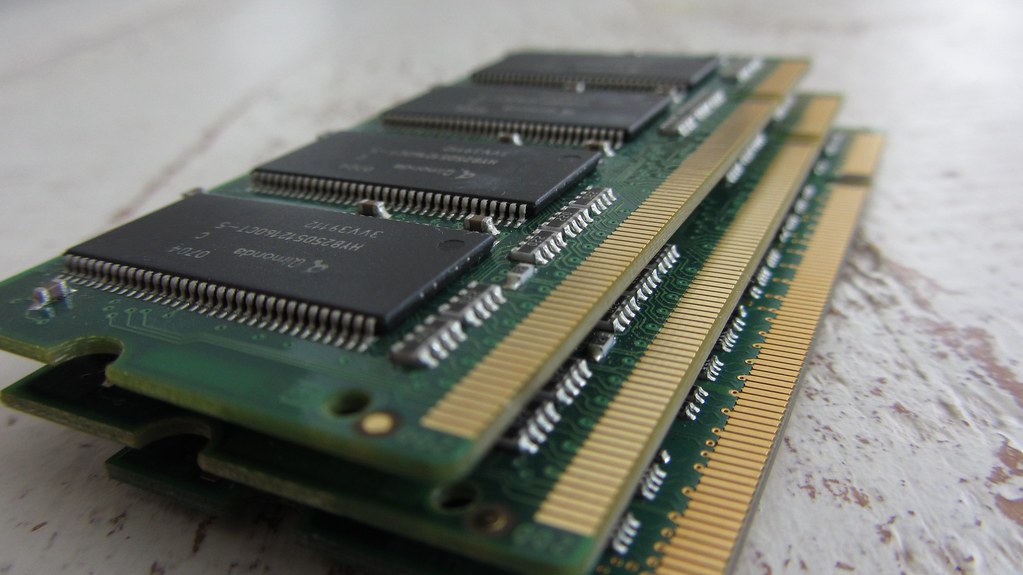 ROM (read-only memory) – a type of data storage used in computers that permanently stores data and programs (non-volatile: its contents are retained even when the computer is turned off).
ROM (read-only memory) – a type of data storage used in computers that permanently stores data and programs (non-volatile: its contents are retained even when the computer is turned off).
- Programming linguistic communication – high level language (Python, C#, Java, JavaScript, Rust, Kotlin, etc.).
- A mix of both 3rd- and fourth-generation languages
- Size – smaller, cheaper and more efficient than 3rd generation computers.
- Speed – improvement of speed, accuracy, and reliability (in comparing with the third generation computers).
-
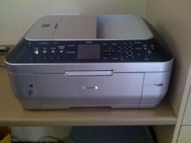 Input / output devices – keyboard, pointing devices, optical scanning, monitor, printer, etc.
Input / output devices – keyboard, pointing devices, optical scanning, monitor, printer, etc.
- Network – a grouping of two or more than computer systems linked together.
- Examples – IBM PC, STAR 1000, APPLE Ii, Apple tree Macintosh, etc.
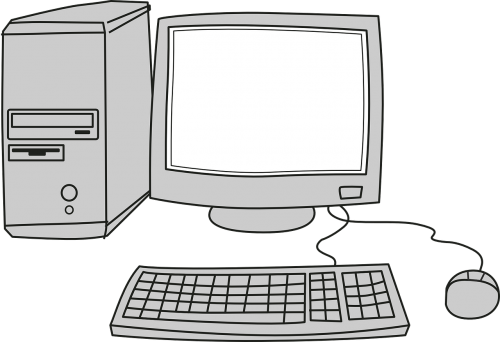
5th Generation of Computers
The principal characteristics of fifth generation of computers (the present and the future)
-
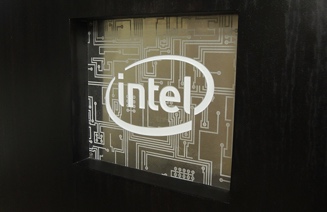 Main electronic component: based on artificial intelligence, uses the Ultra Large-Scale Integration (ULSI) technology and parallel processing method.
Main electronic component: based on artificial intelligence, uses the Ultra Large-Scale Integration (ULSI) technology and parallel processing method. - ULSI – millions of transistors on a single microchip
- Parallel processing method – apply two or more microprocessors to run tasks simultaneously.
- Linguistic communication – understand natural linguistic communication (human language).
- Power – consume less power and generate less rut.
- Speed – remarkable improvement of speed, accurateness and reliability (in comparison with the fourth generation computers).
- Size – portable and small in size, and have a huge storage chapters.
-
 Input / output device – keyboard, monitor, mouse, trackpad (or touchpad), touchscreen, pen, speech input (recognise vox / oral communication), light scanner, printer, etc.
Input / output device – keyboard, monitor, mouse, trackpad (or touchpad), touchscreen, pen, speech input (recognise vox / oral communication), light scanner, printer, etc. - Example – desktops, laptops, tablets, smartphones, etc.

The figurer – this amazing technology went from a government/business concern-only applied science to being everywhere from people's homes, work places, to people's pockets in less than 100 years.
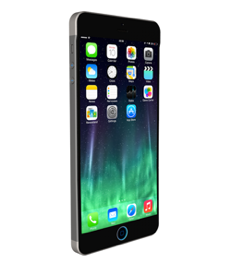
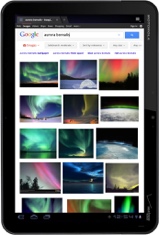
desrosiersmartyart.blogspot.com
Source: https://opentextbc.ca/computerstudies/chapter/classification-of-generations-of-computers/
0 Response to "Chapter Review Key Terms All in One Co Mputer"
Post a Comment